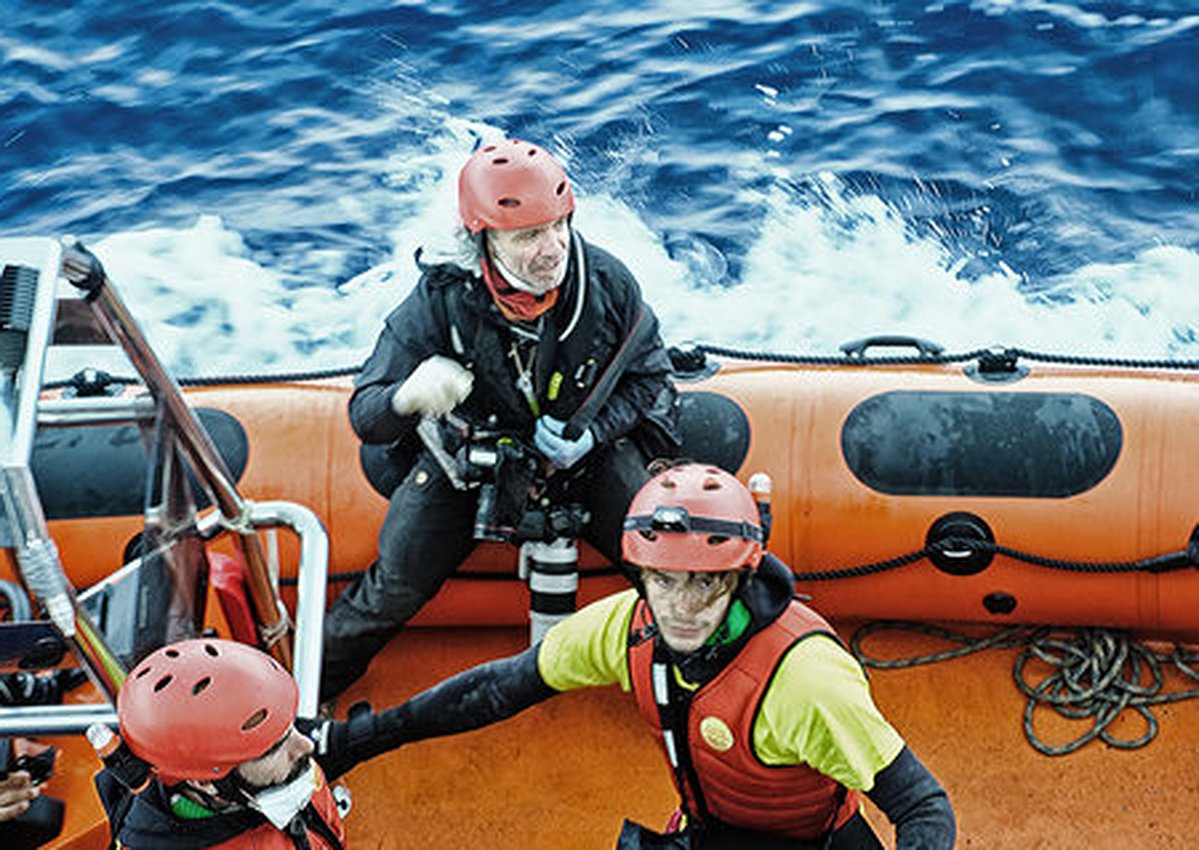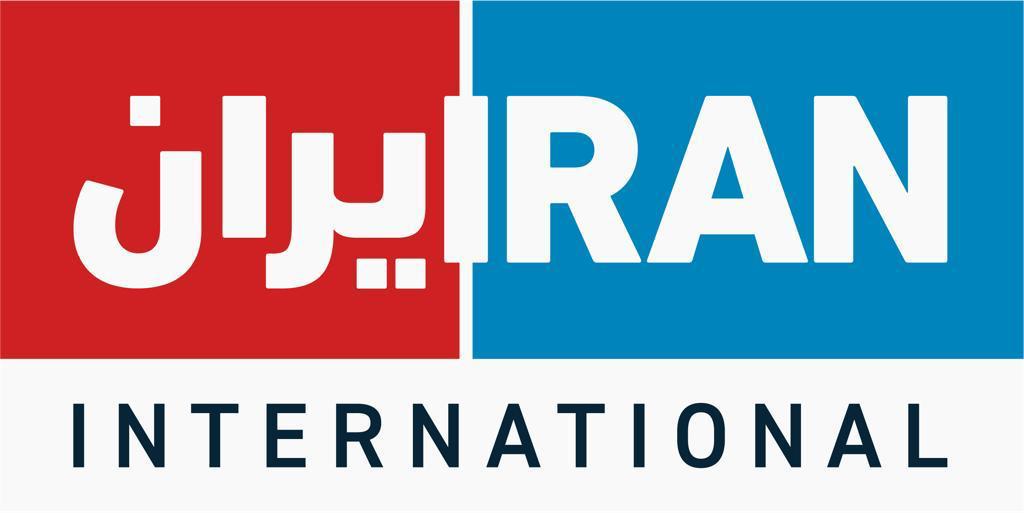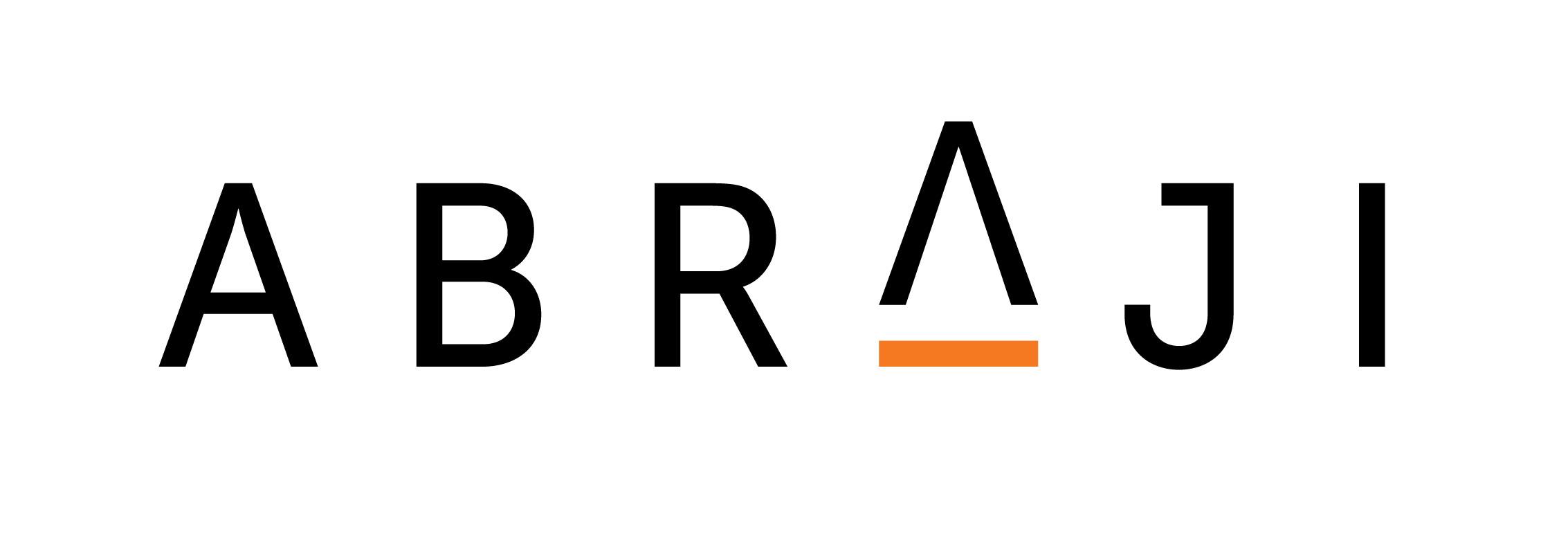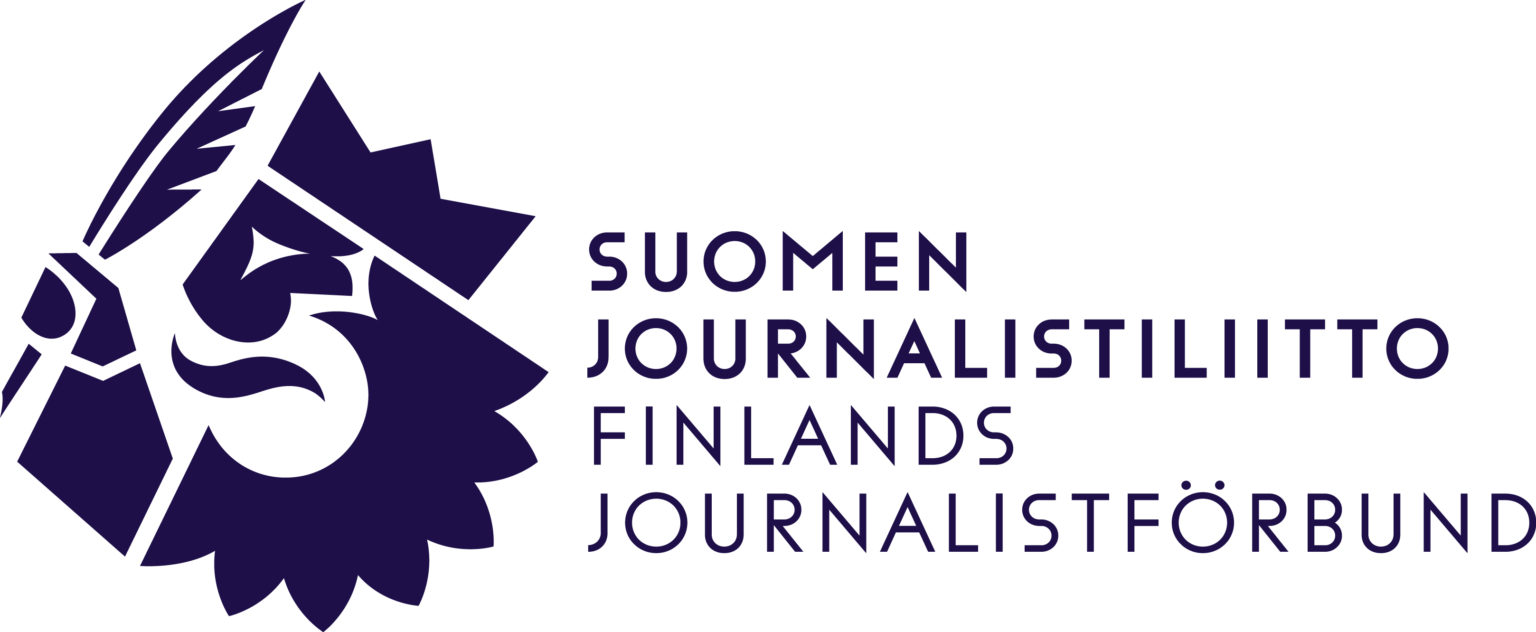Yannis Behrakis has been a Reuters photographer for more than 30 years, during which he has covered conflict and crises around the world. However, during the recent refugee crisis he turned his camera on his home country of Greece where, as chief photographer in Athens, he began covering the story in April 2015.
Behrakis says he has always been clear about his role and responsibilities as a journalist and is passionate about the work he does, but there were occasions during the refugee crisis when he found himself questioning if what he was doing was enough.
"A lot of times you are not sure what to do: leave the camera and actively help people come out of the sea or do practical things for them, drive them up the road, or give them clothes, or take their pictures. Of course, I always think this is the way I help and this is my job to make sure that everybody around the world knows what is happening and that is my mission."
Even though it is a clear mission, there were personal reasons that this story had such an emotional impact on him. "I have refugee blood: my grandmother told me stories about escaping Asia Minor, basically making the same trip as the refugees from the Turkish coast to the Greek islands. So, for me it became even more of a personal story. Plus, it was the Greek factor, so I was worried that the global community might say ‘the Greeks didn’t do as much as they could and they weren’t good people’ … I was really worried about a lot of things."
Behrakis says his family was extremely supportive. His wife, a doctor, visited the Greek islands to volunteer and he took his daughter to visit. But even still, after ten months of covering the story, he had an experience that made him realise he needed a break.
"I had this horrific nightmare which basically involved my own family, seeing my 10-year-old daughter drowning in a shipwreck which obviously was the impact of seeing all these people having problems in the sea and drowning."
Behrakis’s previous experiences covering conflict and crisis made him more aware of his reactions.
"I had been in Idomeni nine times and stayed for five days to two or three weeks each time and Lesbos and Kos for long periods of time. I know how these kind of stories, the passion of journalists, can lead you into potentially dangerous emotional situations, where you get angry and aggravated with yourself and everyone around you and this has an impact on your personal life."
But there was something even more potent about this story that he had not previously experienced.
"This time everything was happening in my own yard and plus it was a kind of a continuation of a crisis, because we had the Greek crisis for five years and on top of this we had the refugee crisis, so I was already traumatised by the Greek crisis which affected my family and my friends." Behrakis’s work documenting the 2015 refugee crisis has been recognised by numerous industry awards.
In 2016, he led the Reuters team that won the Pulitzer Prize for Breaking News Photography and he was also awarded two prestigious Bayeux-Calvados awards for his photographs. He decided to donate the prize money for the latter to Médecins Sans Frontières. But he notes that the recognition the award brought created its own dilemmas.
"It is this battle inside me: my work is recognised because I am covering the drama of other people so it is a little bit strange; on the other hand, I am happy that my work is recognised because it gives more power and impact to [it]."
Photo by Giacomo Zandonini This interview with Yannis Behrakis was conducted in May 2016 by INSI director Hannah Storm as part of INSI’s report The Emotional Toll on Journalists Covering the Refugee Crisis, which was launched in July 2017.




























































